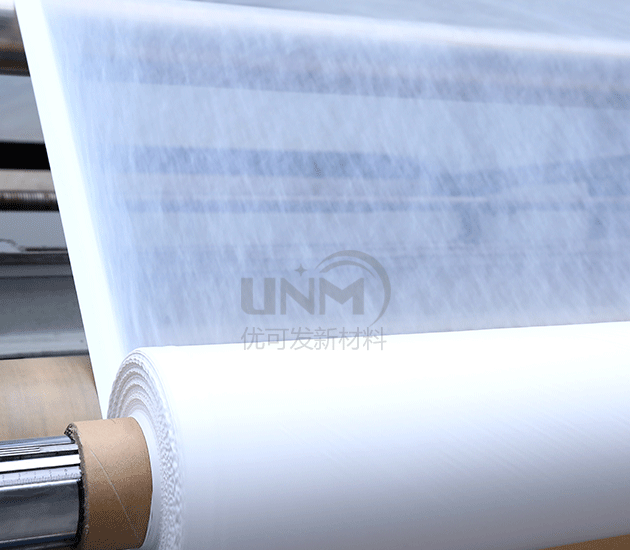In the past and now, drinking water safety has always been an important issue that has plagued our survival and development. On the one hand, our country has a vast territory and climate differences have led to uneven distribution of water resources. On the other hand, surface water and groundwater have suffered varying degrees of pollution in the past, exacerbating the water resource crisis. In order to ensure the water safety of the people, relevant departments have formulated water quality hygiene standards. People have also found many ways to treat water. Among them, ptfe hollow fiber membrane is used.

The traditional method of water treatment is through a series of methods such as coagulation-sedimentation-filtration. This treatment method also includes activated carbon and membrane separation technology. Among them, membrane technology can overcome the limitations of traditional water treatment processes. Reverse osmosis can intercept almost all solutes in water; nanofiltration can effectively intercept multivalent ions; microfiltration mainly removes suspended particles, bacteria and some viruses; ultrafiltration can intercept large particles. Molecules or small colloids, viruses, bacteria, and some organic matter. Compared with traditional water treatment technology, membrane technology can reduce the amount of coagulant and does not require sludge treatment. It has the advantages of low investment, easy operation, high treatment efficiency, and energy saving. Nanofiltration (NF) and reverse osmosis (RO) can remove all viruses; ultrafiltration (UF) and microfiltration (MF) intercept particulate matter without changing the chemical properties of raw water, and have good stability in the removal of pollutants, making it possible The treated water turbidity is lower than 0.1 NTU and 0.2 NTU respectively. Membrane separation technology produces high-quality drinking water, which has the advantages of low operating pressure, stable effluent quality, low equipment investment, and low water production cost. It has shown superiority in drinking water treatment.
ptfe hollow fiber membrane is the core filter material for drinking water treatment. The ptfe hollow fiber membrane It has a fibrillar microporous structure with a porosity of more than 88% and a pore size range of 0.1μm-1μm. The membrane has small pores, uniform distribution and large porosity. It can filter all dust particles including bacteria while maintaining air circulation. , to achieve the purpose of purification and ventilation. This film can also be coated on various fabrics and substrates using special processes to become a new filter material. Interested parties can enter the store for consultation.
</p






